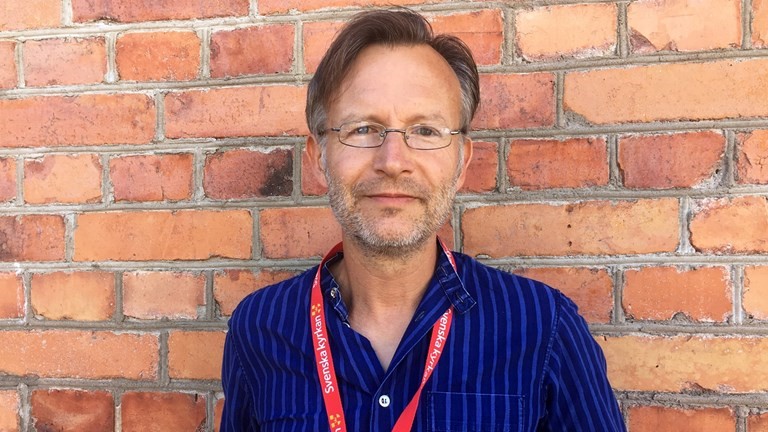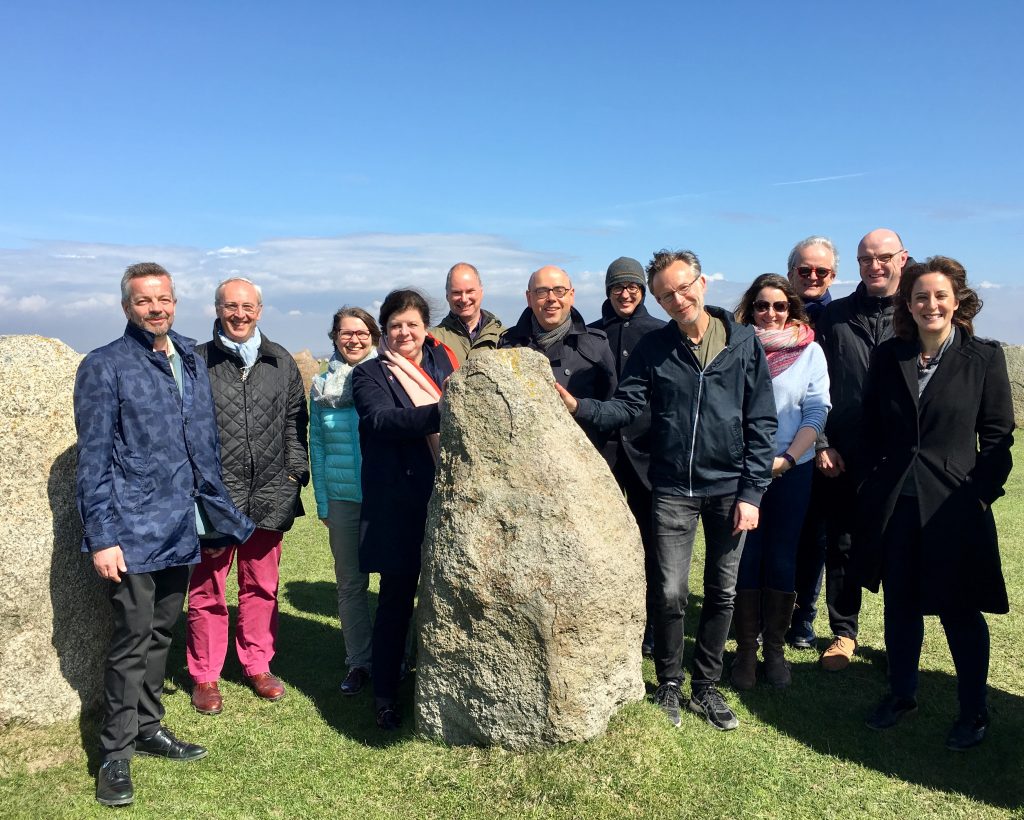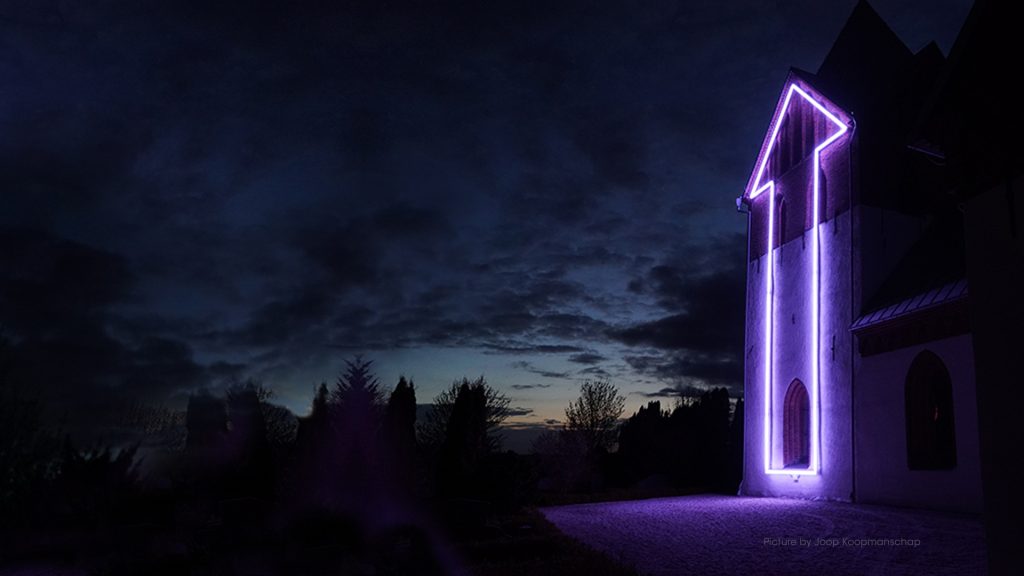
BACKGROUND
Can you tell us a bit about your background?
I was born in a very small and rural town in a heavily forested landscape in the midst of Sweden, where there are still active mines and steel industries. Looking for another career than working with iron and tools, which I was not particularly interested in, I moved to the university city of Uppsala to study art history, architecture and religious heritage, which for more than three decades has been my main interest. I lived in Uppsala for many years but has recently moved to Lund, Sweden’s oldest and maybe best-preserved city, in the very south of Sweden. I have since 2007 been employed by the Church of Sweden as a project manager, heritage coordinator and since 2017 as Diocese Heritage Officer. I’ve been engaged in the international heritage field for more than 15 years and am together with other ICOMOS (International Council on Monuments and Sites) colleagues founder of the International Scientific Committee PRERICO (Places of Religion and Ritual).
How did you become interested in religious heritage?
Growing up on a farm in the forest with several kilometres to the closest neighbour, there was not much else to do than to read books in our strangely generous library (there were in those days no social media, no internet, not even cable TV). I especially found interest in the arts and in religion. My reading of the huge family bible with, often quite frightening, illustrations by the French artist Gustave Doré, inspired to a life-long interest in religious art.
How did you get started with FRH?
While working with a project on religious heritage values at the Church of Sweden’s central office in 2009-10, I noticed the increasing problem of redundant churches and started to scan the development in other European countries. Thanks to my friend and colleague in Norway, Oddbjorn Sormoen, by then working for the Norwegian Heritage Board, I was invited for a meeting in London with among others Crispin Truman, Churches Conservation Trust in England, and Angus Fowler, Förderkreis Alte Kirchen in Germany. We discussed common issues on a pan-European level and the need for exchanging knowledge and possible solutions on the increasing problem with closed and redundant churches. The network Historic Places of Worship in Europe was established, which after a groundbreaking conference and workshop in Canterbury 2010, with many of today’s active FRH members present, was transformed into the NGO Future for Religious Heritage.

INTERESTS AND FOCUS
Can you tell us a bit about what you currently do outside of FRH?
As a heritage officer at the Diocese of Lund, I am giving advice and distributing conservation grants to the parishes, managing development projects, for instance, Church Keys Sweden which is promoting rock concerts in empty/redundant churches, and working in national and international collaborative groups and committees. On behalf of the above mentioned ICOMOS and PRERICO, I’m also doing reviews of UNESCO World Heritage Sites nominations, which is completely voluntarily, non-paid and very rewarding work.
In 2021-22, I’ll take a leave of absence for research studies, working with my PhD-thesis in Art History at Uppsala University. I will also participate in a Research & Development project managed by the Department of Ethnology, the University of Lund, called Life in Church, which basically is about opening up and reviving closed churches.
What are your activities/work/research focused on concerning religious heritage?
My research and development work with churches and other religious heritage is focused on how to define cultural heritage values, heritage as a societal resource and human right, and also principles and methods for keeping ecclesiastical cultural heritage living and relevant to the public.

PROTECTION OF RELIGIOUS HERITAGE
What do you think is the biggest threat to religious heritage and what do you think is the best way to combat it?
The secularization and modernization of societies in the western hemisphere can be considered as threats simply because these major trends have caused reduced religiosity, changing values and habits, fewer people going to churches (or other religious buildings) and therefore also fewer people caring for the buildings. On the other hand, these major trends can probably be seen as drivers of the heritagization of churches and other religious sites. Before modernity, churches in use were not regarded as heritage but as (holy) buildings used for worship. So without modernization of society, there would not be any heritage in the way we define it today.
Anyway, the biggest threats risking to cause that religious buildings get redundant, closed, in decay and finally demolished, are general lack of interest, decrease in knowledge, neglect, and reduced use or no use at all.
This negative development can be combated through education and communication on the meaning and value of the religious heritage, which has been created, changed, renovated and transformed during hundreds and even thousands of years. The religious sites’ historical importance as a centre for the human-created environment, reflects, and in some aspects even has shaped, the world we live in today. Religious heritage should therefore be regarded as an immense resource for pedagogy, experiences of history and art, social, cultural and spiritual development of individuals and communities, whether these are located in major cities or at the remote countryside. The major challenge is to formulate and communicate this message well enough for contributing to a positive future development of religious heritage.





Follow us: